Home>Home Appliances>Cleaning Appliances>What Floors Can You Use A Steam Mop On
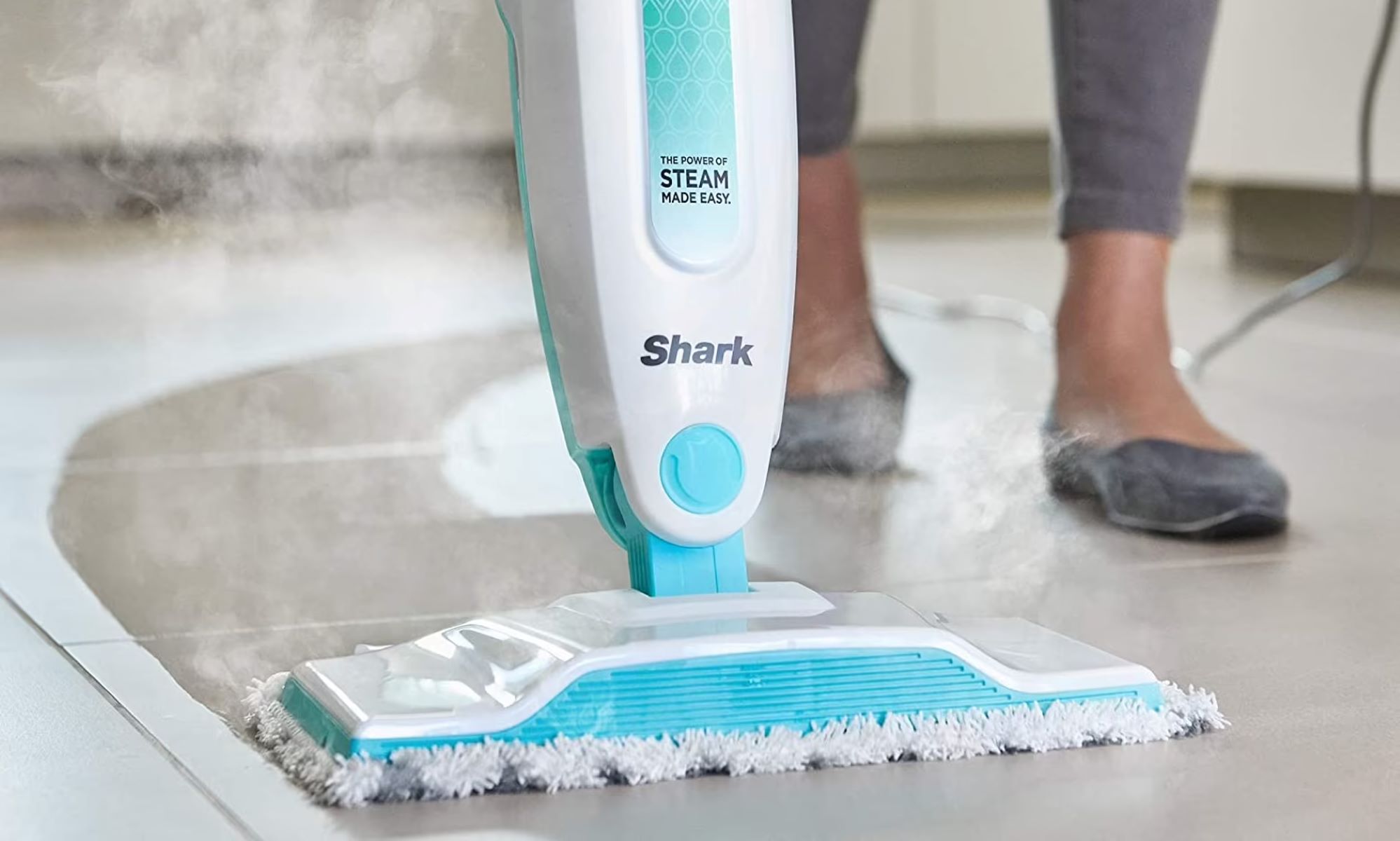

Cleaning Appliances
What Floors Can You Use A Steam Mop On
Modified: February 18, 2024
Discover the best floors suitable for steam mops and how to use them effectively. Find out how these cleaning appliances can make your cleaning routine easier and more efficient.
(Many of the links in this article redirect to a specific reviewed product. Your purchase of these products through affiliate links helps to generate commission for Storables.com, at no extra cost. Learn more)
Introduction
When it comes to keeping your floors clean and germ-free, a steam mop can be a game-changer. This innovative cleaning appliance uses the power of steam to sanitize and refresh various types of flooring, making it a popular choice for households and businesses alike. However, before you start steaming away, it's essential to understand which floors are suitable for steam mopping. Each type of flooring has its own unique characteristics and maintenance requirements, so it's crucial to know the do's and don'ts to ensure that your floors remain in top condition.
In this comprehensive guide, we'll explore the compatibility of steam mops with different flooring materials, including hardwood, laminate, tile, vinyl, stone, and engineered wood. By the end of this article, you'll have a clear understanding of where and how to use a steam mop effectively, helping you achieve sparkling, sanitized floors without compromising their integrity. Let's dive into the specifics of each flooring type to uncover the best practices for steam mopping and maintain the beauty and longevity of your floors.
Key Takeaways:
- Steam mops are safe for tile and vinyl floors, but caution is needed for hardwood and engineered wood. Always check manufacturer recommendations and use low to medium heat settings to prevent damage.
- To maintain the beauty and longevity of your floors, use a steam mop with caution. Follow specific guidelines for each flooring type, such as using low heat and gentle cleaning solutions for laminate and vinyl floors.
Read more: What Can You Put In A Steam Mop
Hardwood Floors
Hardwood floors exude timeless elegance and charm, making them a popular choice for many homeowners. When it comes to cleaning and maintenance, using a steam mop on hardwood floors requires extra caution. While steam mops can effectively remove dirt and grime, excessive moisture can seep into the wood, leading to warping, swelling, and irreversible damage.
To safely use a steam mop on hardwood floors, follow these essential guidelines:
- Check the Sealant: Before steam mopping, ensure that your hardwood floors are properly sealed. The sealant acts as a protective barrier, preventing moisture from penetrating the wood. If your floors lack proper sealing, refrain from using a steam mop to avoid potential water damage.
- Use Low Heat and Minimal Moisture: Opt for a steam mop with adjustable settings, allowing you to control the heat and steam output. When cleaning hardwood floors, set the mop to the lowest heat level and use minimal steam to prevent excessive moisture exposure.
- Regularly Inspect for Damage: Periodically inspect your hardwood floors for any signs of damage, such as cracks or gaps. Avoid using a steam mop on compromised areas, as the moisture can exacerbate existing issues and compromise the structural integrity of the wood.
- Quick Drying: After steam mopping, ensure that the hardwood floors dry quickly. Use a dry microfiber cloth to absorb any residual moisture, preventing prolonged exposure that could harm the wood.
By adhering to these precautions, you can safely use a steam mop on properly sealed hardwood floors, effectively removing dirt and sanitizing the surface without causing harm. Remember, maintaining the beauty and durability of hardwood floors hinges on mindful cleaning practices, so exercise caution and diligence when using a steam mop.
Laminate Floors
Laminate flooring offers a cost-effective and versatile option for homeowners seeking the aesthetic appeal of hardwood without the hefty price tag. When it comes to cleaning laminate floors, using a steam mop can be a convenient and efficient solution. However, it’s crucial to approach steam mopping with care to avoid potential damage to the laminate surface.
Here are some essential tips for using a steam mop on laminate floors:
- Use a Gentle Cleaning Solution: Before using a steam mop, consider adding a gentle laminate floor cleaning solution to the water reservoir. This can help enhance the cleaning power of the steam while maintaining the integrity of the laminate surface.
- Choose Low to Medium Heat: When selecting a steam mop, opt for one with adjustable heat settings. For laminate floors, it’s best to use low to medium heat to prevent excessive moisture and potential warping of the planks.
- Move Swiftly and Avoid Lingering: While steam mopping, ensure that you move the mop swiftly across the laminate surface. Avoid lingering in one spot for too long, as prolonged exposure to steam can lead to moisture damage.
- Dry Thoroughly: After steam mopping, allow the laminate floors to dry thoroughly. Use a dry microfiber cloth to absorb any residual moisture, promoting quick evaporation and preventing water from seeping into the seams.
By following these guidelines, you can effectively use a steam mop to clean and sanitize your laminate floors, keeping them looking pristine without compromising their structural integrity. With the right approach, steam mopping can be a valuable addition to your laminate floor maintenance routine, providing a convenient and efficient cleaning solution.
Tile Floors
Tile floors are renowned for their durability, versatility, and ease of maintenance, making them a popular choice for kitchens, bathrooms, and high-traffic areas. When it comes to cleaning tile floors, a steam mop can be a powerful ally in removing grime, stains, and bacteria without the need for harsh chemicals. The non-porous nature of tile makes it well-suited for steam mopping, allowing for effective sanitation and a sparkling clean finish.
Here are some key considerations for using a steam mop on tile floors:
- Opt for High Heat and Steam Output: Since tile floors can withstand higher temperatures and moisture levels, you can utilize the full heat and steam capabilities of your steam mop. This allows for thorough cleaning and effective removal of stubborn stains and grime.
- Focus on Grout Lines: Steam mops are particularly effective at cleaning grout lines, which tend to accumulate dirt and grime over time. The high-temperature steam can penetrate and sanitize grout, revitalizing the appearance of your tile floors.
- Use a Grout Cleaning Attachment: Some steam mops come with specialized attachments designed for targeting grout lines. These attachments can enhance the precision and effectiveness of grout cleaning, ensuring a comprehensive and thorough sanitization process.
- Allow Sufficient Drying Time: After steam mopping, allow the tile floors to air dry. The non-porous nature of tile facilitates quick drying, but it’s important to ensure that any residual moisture evaporates completely to prevent slip hazards and maintain the pristine condition of the floors.
With their resilient and non-absorbent nature, tile floors are an ideal candidate for steam mopping. By harnessing the power of steam, you can achieve a hygienic and spotless finish, elevating the cleanliness and visual appeal of your tile floors. Whether in the kitchen, bathroom, or any other tiled area, a steam mop can streamline your cleaning routine and deliver exceptional results.
You can use a steam mop on sealed hard floors like tile, vinyl, laminate, and hardwood. Avoid using it on unsealed wood or laminate, as the moisture can damage the floors.
Vinyl Floors
Vinyl flooring is a popular choice for its resilience, water resistance, and low maintenance requirements. When it comes to cleaning vinyl floors, a steam mop can be a convenient and effective tool for removing dirt, stains, and germs. However, it’s important to approach steam mopping with care to ensure that the vinyl surface remains in optimal condition.
Here are important considerations for using a steam mop on vinyl floors:
- Opt for Low to Medium Heat: When using a steam mop on vinyl floors, it’s advisable to select low to medium heat settings to prevent excessive moisture exposure. Vinyl, while water-resistant, can still be sensitive to prolonged heat and moisture, so moderate steam levels are ideal.
- Use a Non-Abrasive Pad: Ensure that the steam mop is equipped with a non-abrasive microfiber pad suitable for vinyl surfaces. This helps prevent scratches or damage to the floor while effectively capturing dirt and grime.
- Swift and Even Movements: When steam mopping, maintain a steady and even pace to ensure thorough cleaning without prolonged exposure to steam in any specific area. This approach helps prevent overexposure to moisture and promotes uniform cleaning results.
- Allow Ample Drying Time: After steam mopping, allow the vinyl floors to dry completely. Use a dry microfiber cloth to absorb any residual moisture and facilitate quick evaporation, preserving the pristine condition of the floors.
By adhering to these guidelines, you can effectively use a steam mop to clean and sanitize your vinyl floors, enhancing their appearance and hygiene. With the right approach, steam mopping can streamline your cleaning routine and help you maintain the beauty and durability of your vinyl flooring for years to come.
Read more: What Can You Use To Mop
Stone Floors
Stone floors, including materials such as marble, granite, and slate, exude timeless beauty and add a touch of luxury to any space. When it comes to cleaning and maintenance, using a steam mop on stone floors requires careful consideration due to the natural variations in stone composition and porosity. While steam mopping can effectively remove dirt and sanitize stone surfaces, it’s essential to approach this cleaning method with caution to avoid potential damage.
Here are essential tips for using a steam mop on stone floors:
- Know Your Stone: Different types of stone have varying levels of porosity and sensitivity to heat and moisture. Before using a steam mop, identify the specific type of stone flooring in your home and research its compatibility with steam cleaning. Some stones, such as marble, may be more sensitive and require gentler cleaning methods.
- Adjust Heat Settings Carefully: If your stone floors are suitable for steam mopping, ensure that the heat settings on the steam mop are adjusted to a low to moderate level. This prevents excessive heat exposure, which can potentially affect the integrity of the stone or any sealants applied to the surface.
- Use a Soft Pad or Attachment: When steam mopping stone floors, opt for a soft microfiber pad or attachment designed for delicate surfaces. This helps prevent scratches or damage while effectively lifting dirt and grime from the natural texture of the stone.
- Thorough Drying: After steam mopping, allow the stone floors to dry thoroughly. Use a dry microfiber cloth to absorb any residual moisture, ensuring that the natural beauty of the stone is preserved and that no water spots or streaks mar the surface.
By following these precautions and guidelines, you can safely use a steam mop to clean and revitalize your stone floors, maintaining their exquisite appearance and cleanliness. With the right approach, steam mopping can be a valuable addition to your stone floor maintenance routine, providing a convenient and efficient cleaning solution while safeguarding the natural allure of the stone.
Engineered Wood Floors
Engineered wood floors offer the timeless beauty of hardwood with enhanced durability and moisture resistance, making them a popular choice for modern homes. When it comes to cleaning and maintenance, using a steam mop on engineered wood floors requires a cautious approach to preserve their integrity and finish. While steam mops can effectively remove dirt and sanitize surfaces, it’s crucial to follow specific guidelines to ensure that your engineered wood floors remain in optimal condition.
Here are essential tips for using a steam mop on engineered wood floors:
- Check Manufacturer Recommendations: Before using a steam mop, refer to the manufacturer’s guidelines for your engineered wood flooring. Some manufacturers may advise against steam mopping, while others provide specific instructions for safe usage.
- Opt for Low Heat and Minimal Moisture: If steam mopping is approved for your engineered wood floors, select the lowest heat setting on the steam mop and use minimal steam to prevent excessive moisture exposure. This helps safeguard the engineered wood planks from potential warping or damage.
- Use a Soft Microfiber Pad: Ensure that the steam mop is equipped with a soft, non-abrasive microfiber pad suitable for engineered wood surfaces. This gentle pad effectively captures dirt and grime without scratching or compromising the finish of the floors.
- Swift Cleaning and Thorough Drying: When steam mopping, maintain swift and even movements across the engineered wood floors. After cleaning, allow the floors to dry thoroughly, using a dry microfiber cloth to absorb any residual moisture and prevent prolonged exposure to water.
By adhering to these guidelines and manufacturer recommendations, you can safely use a steam mop to clean and refresh your engineered wood floors, enhancing their cleanliness and luster. With the right approach, steam mopping can be a valuable tool in your cleaning arsenal, providing a convenient and efficient solution while safeguarding the beauty and longevity of your engineered wood flooring.
Conclusion
Choosing the right cleaning method for your floors is essential to maintain their beauty and longevity. While steam mops offer a convenient and effective way to sanitize and refresh various flooring types, it’s crucial to understand the compatibility and best practices for each specific material. By following the guidelines outlined for hardwood, laminate, tile, vinyl, stone, and engineered wood floors, you can ensure that your cleaning routine enhances the cleanliness and appearance of your floors without causing any damage.
When using a steam mop, always prioritize caution and thorough research. Understanding the unique characteristics of your floors, including their porosity, heat sensitivity, and maintenance requirements, allows you to make informed decisions and safeguard the integrity of your flooring surfaces. Additionally, referring to manufacturer recommendations and utilizing the appropriate accessories, such as soft pads and gentle cleaning solutions, can further enhance the safety and effectiveness of steam mopping.
Ultimately, the goal of using a steam mop on your floors is to achieve a hygienic, spotless finish while preserving their structural integrity and visual appeal. With the right approach, steam mopping can streamline your cleaning routine, reduce the need for harsh chemicals, and contribute to a healthier indoor environment for you and your family.
By incorporating these best practices and being mindful of the specific requirements of each flooring type, you can harness the power of steam mops to maintain sparkling, sanitized floors throughout your home. Whether it’s the timeless allure of hardwood, the practicality of tile, or the resilience of vinyl, steam mops can be a valuable ally in your quest for clean, inviting living spaces.
Frequently Asked Questions about What Floors Can You Use A Steam Mop On
Was this page helpful?
At Storables.com, we guarantee accurate and reliable information. Our content, validated by Expert Board Contributors, is crafted following stringent Editorial Policies. We're committed to providing you with well-researched, expert-backed insights for all your informational needs.
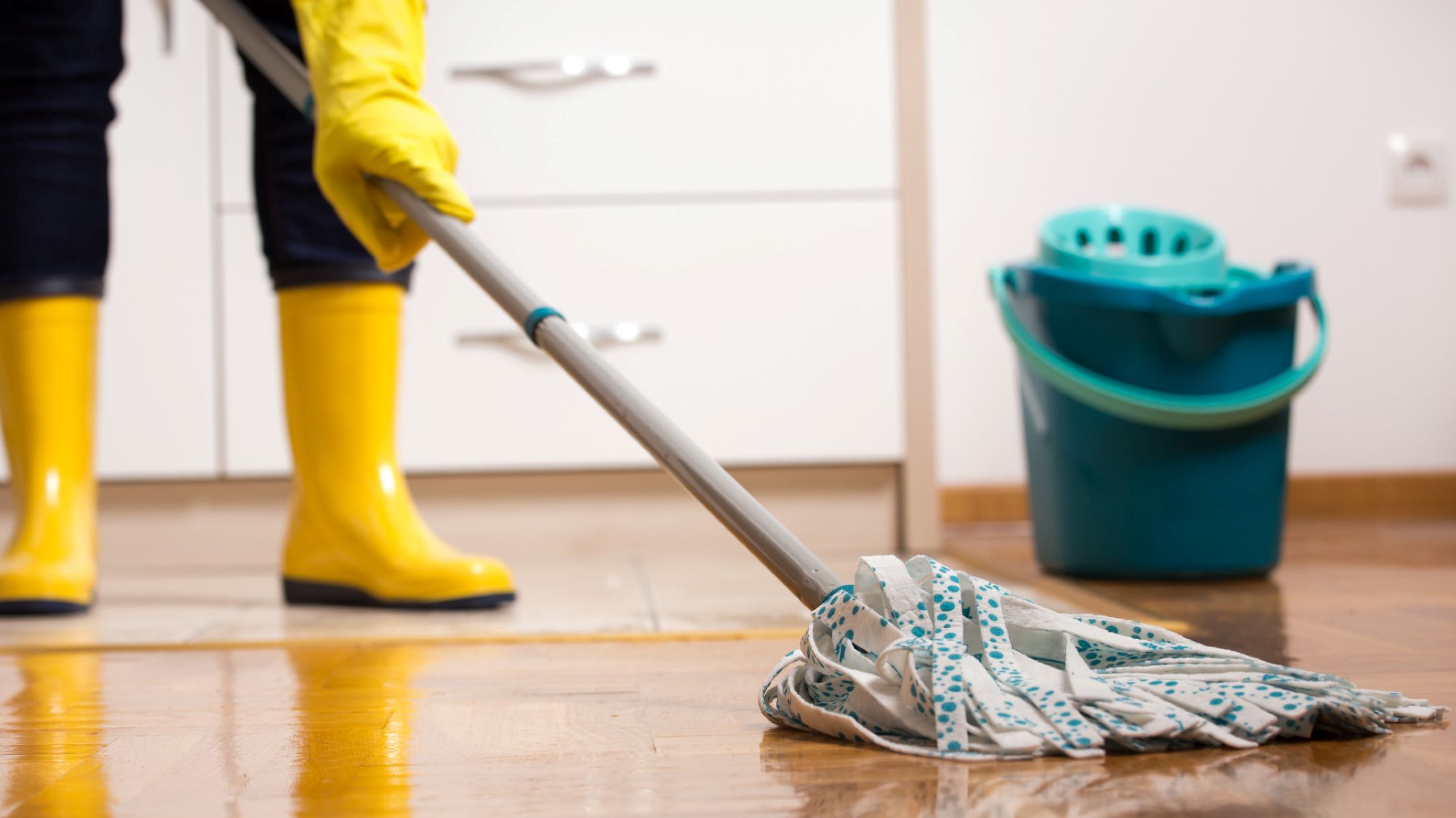
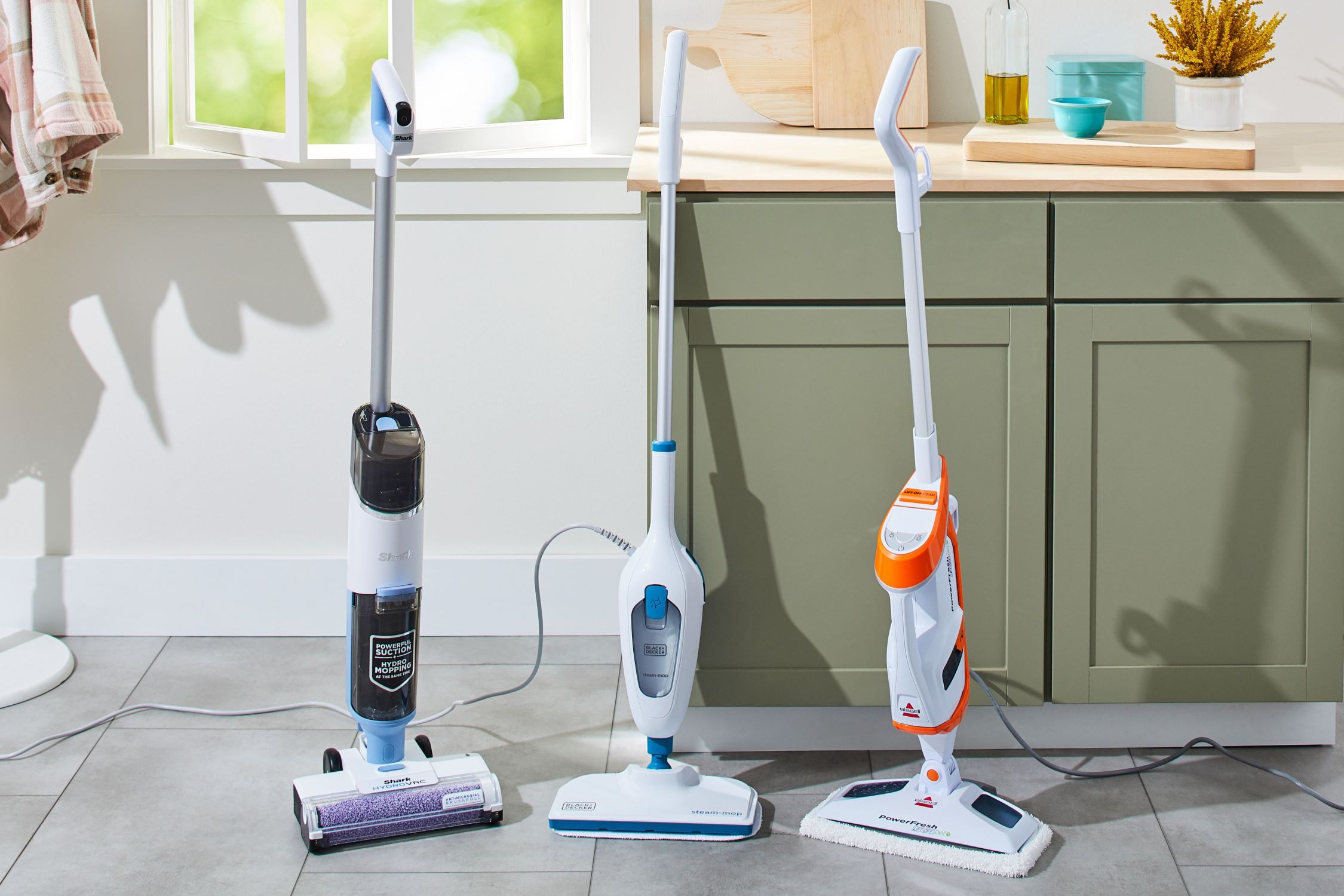
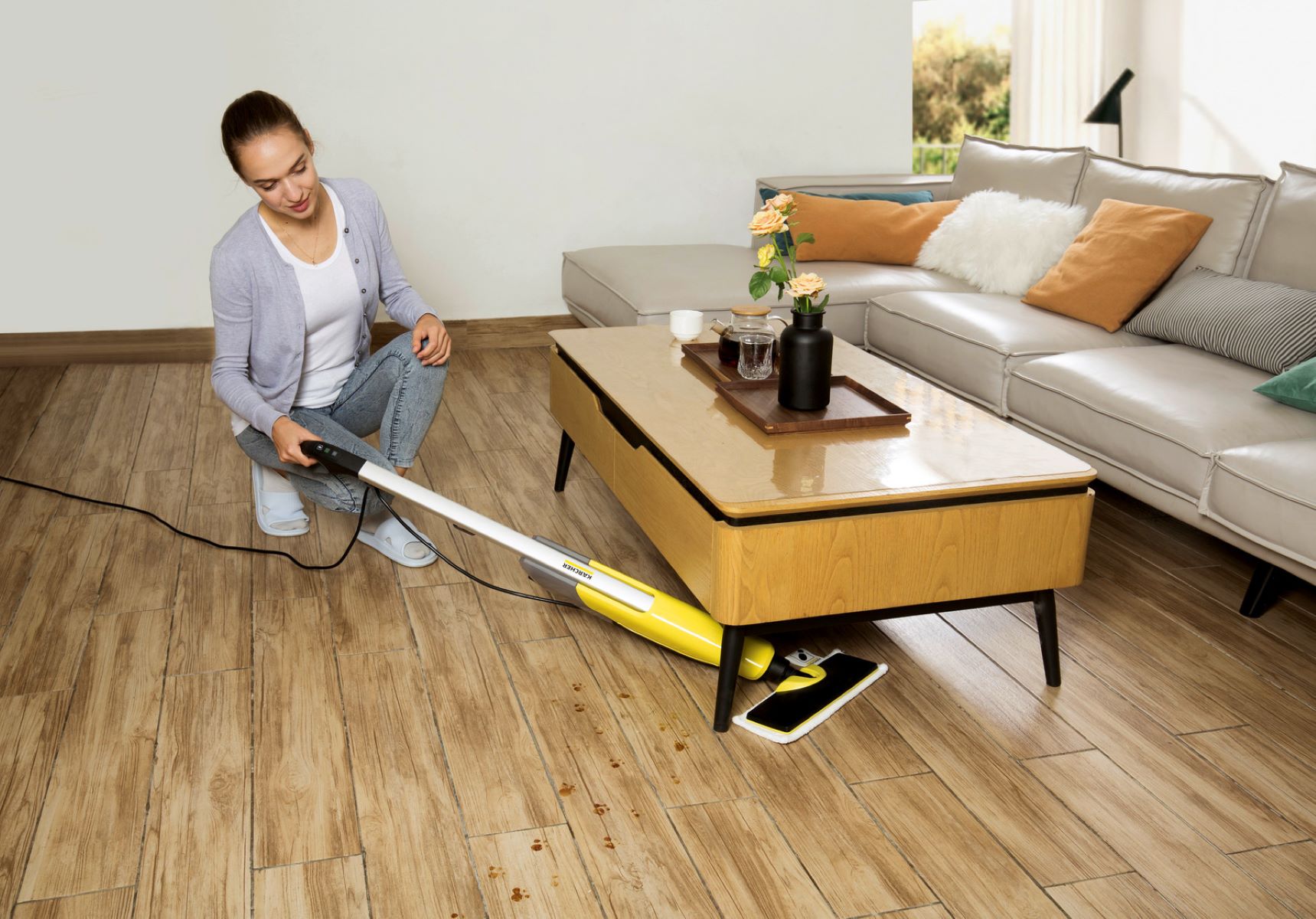
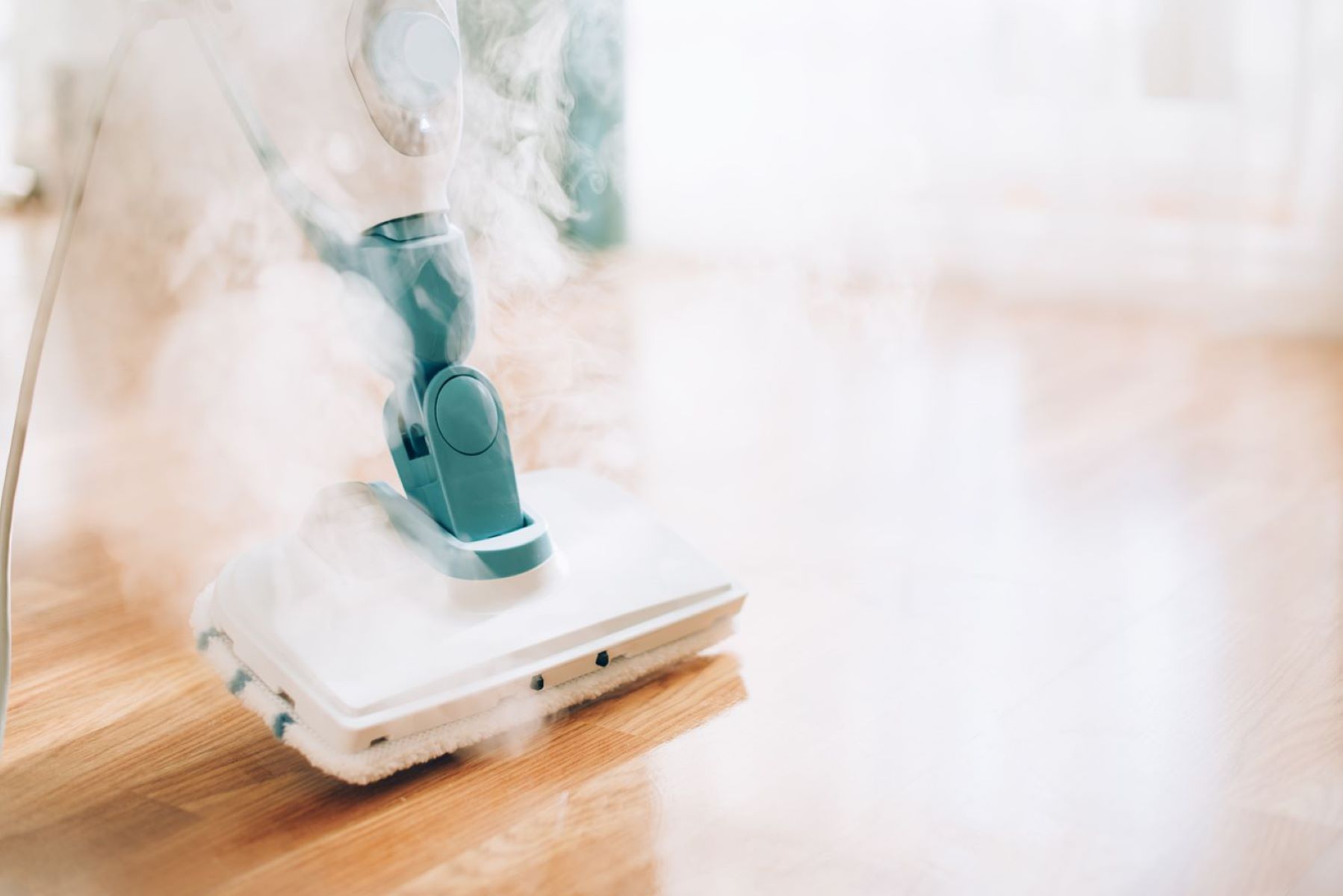
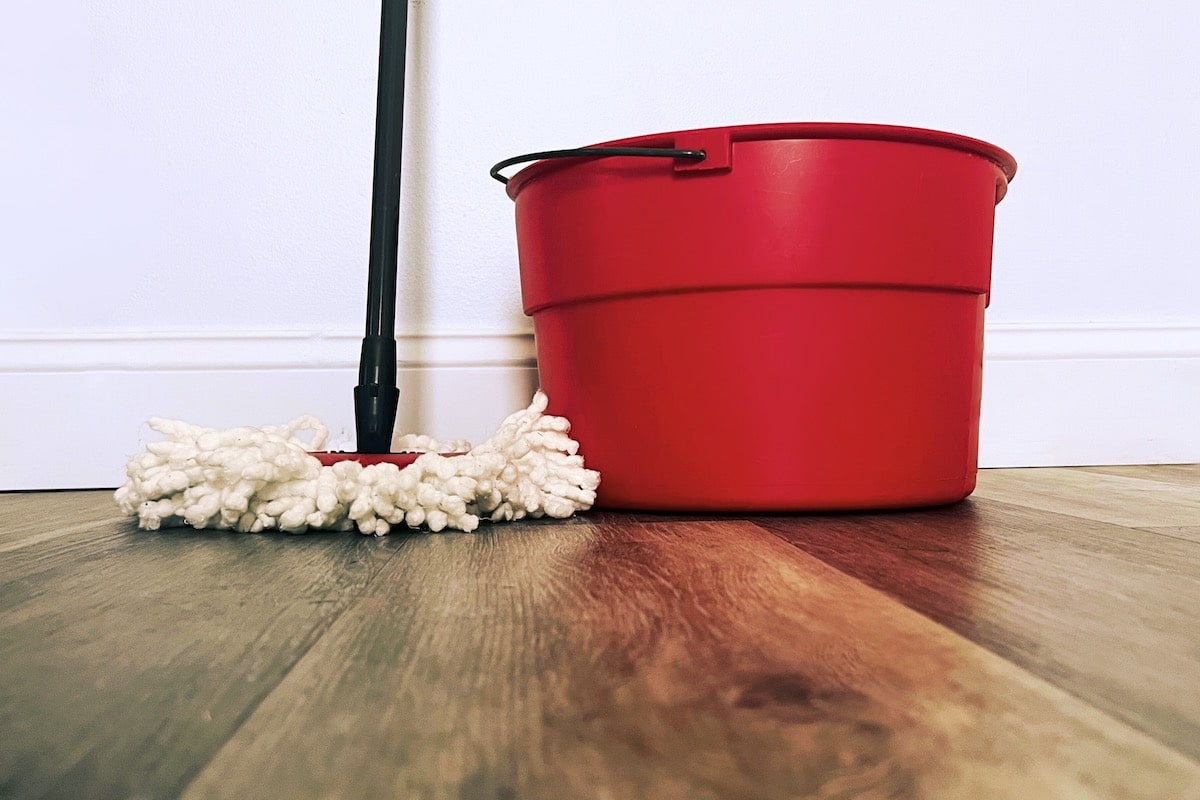
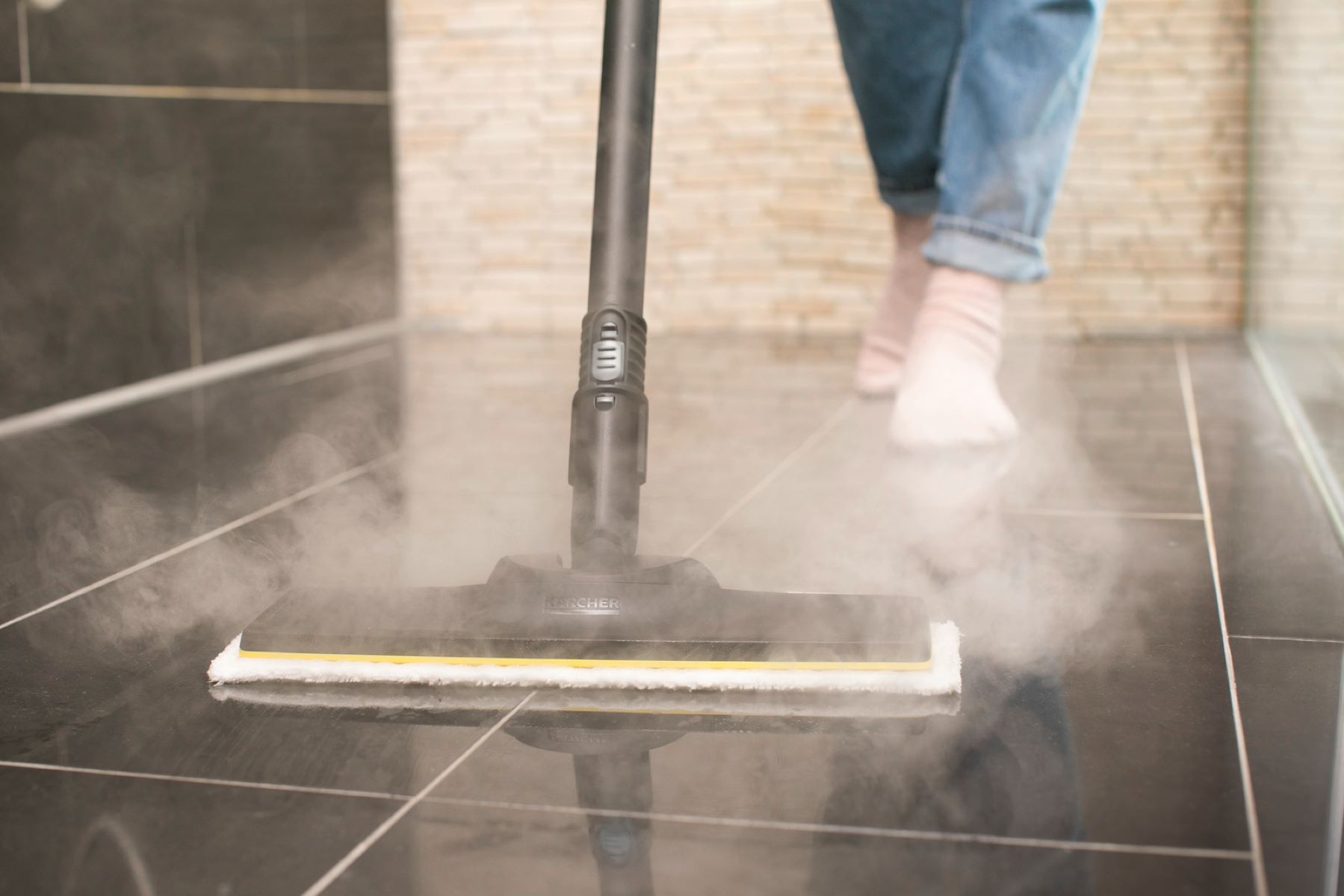
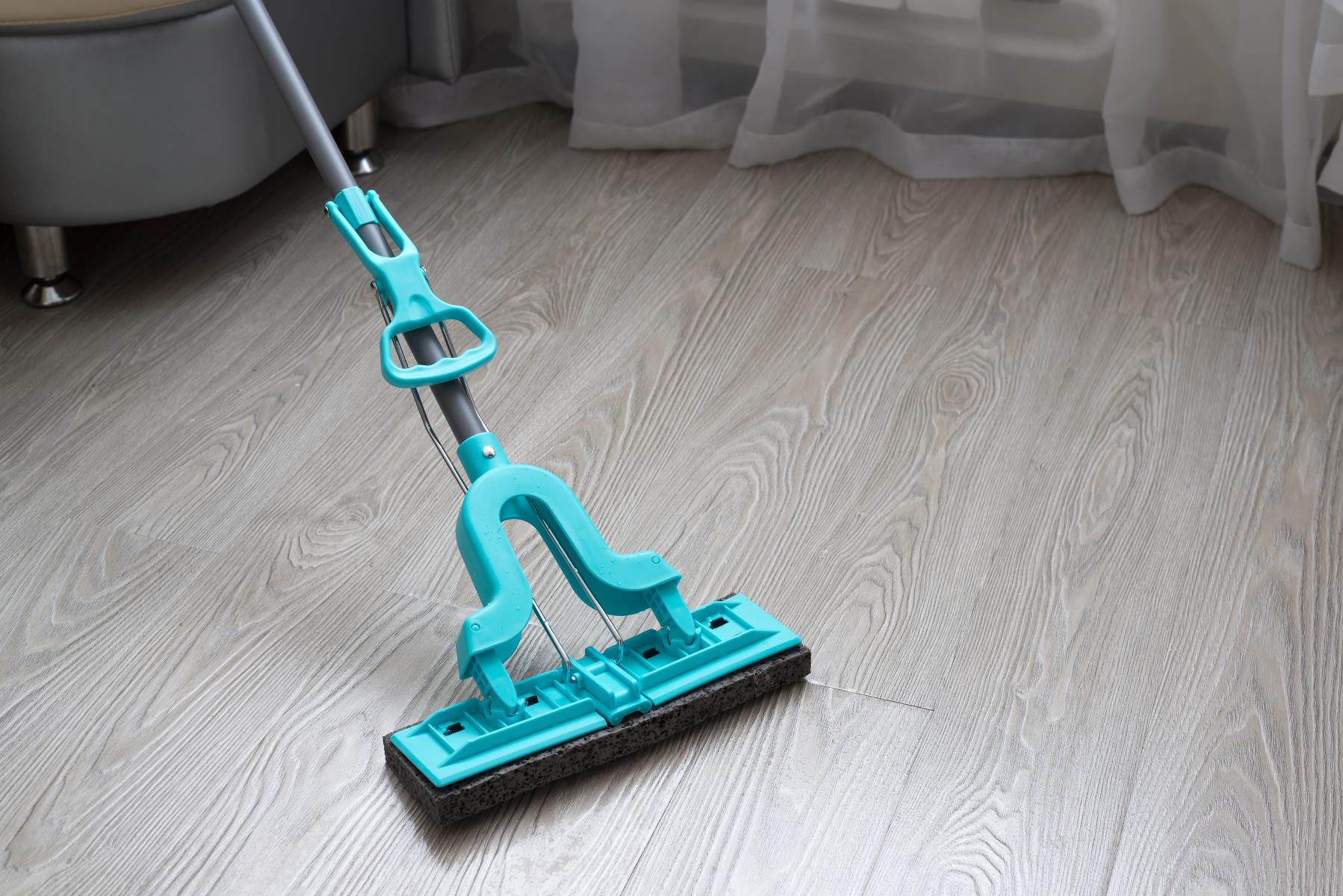
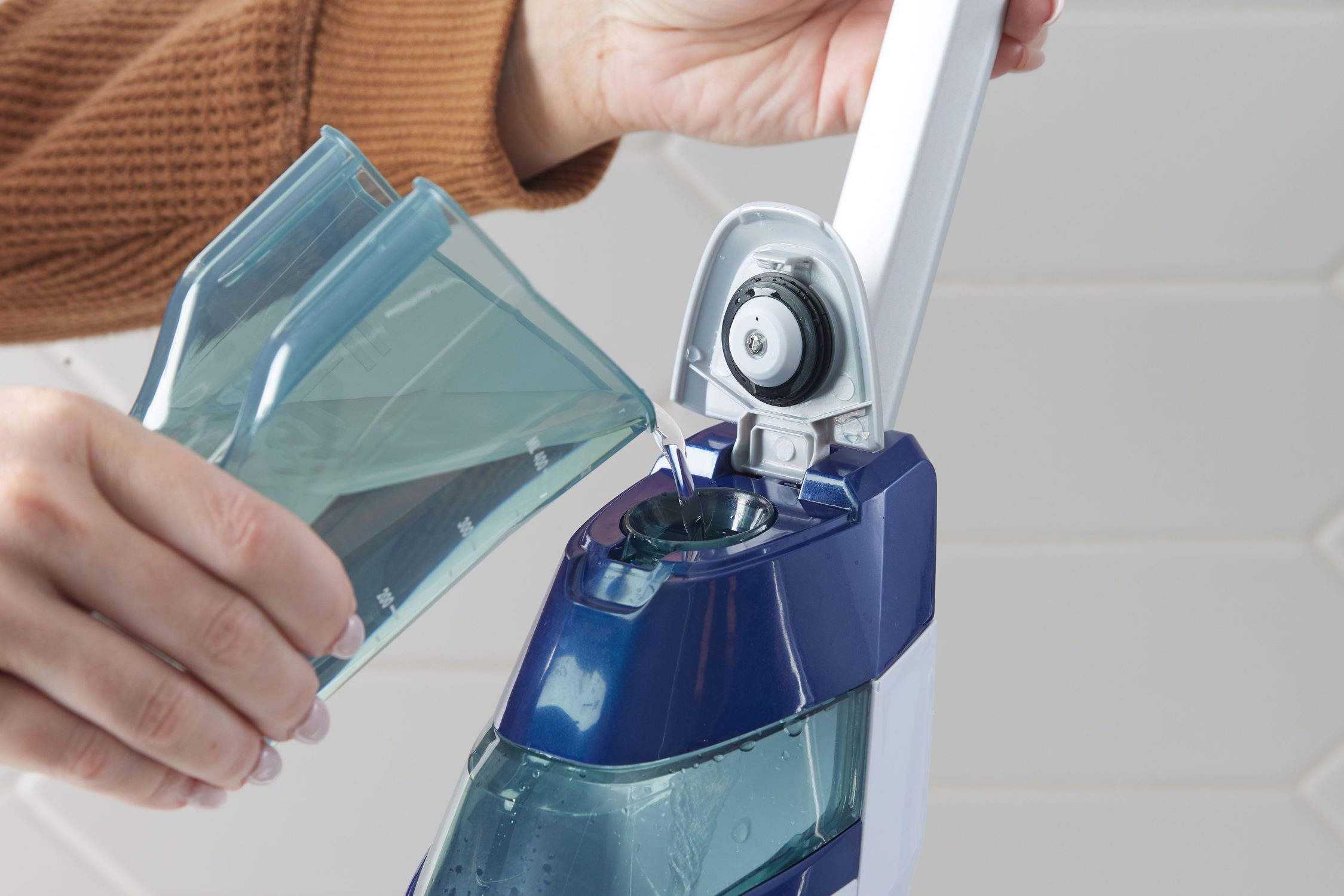
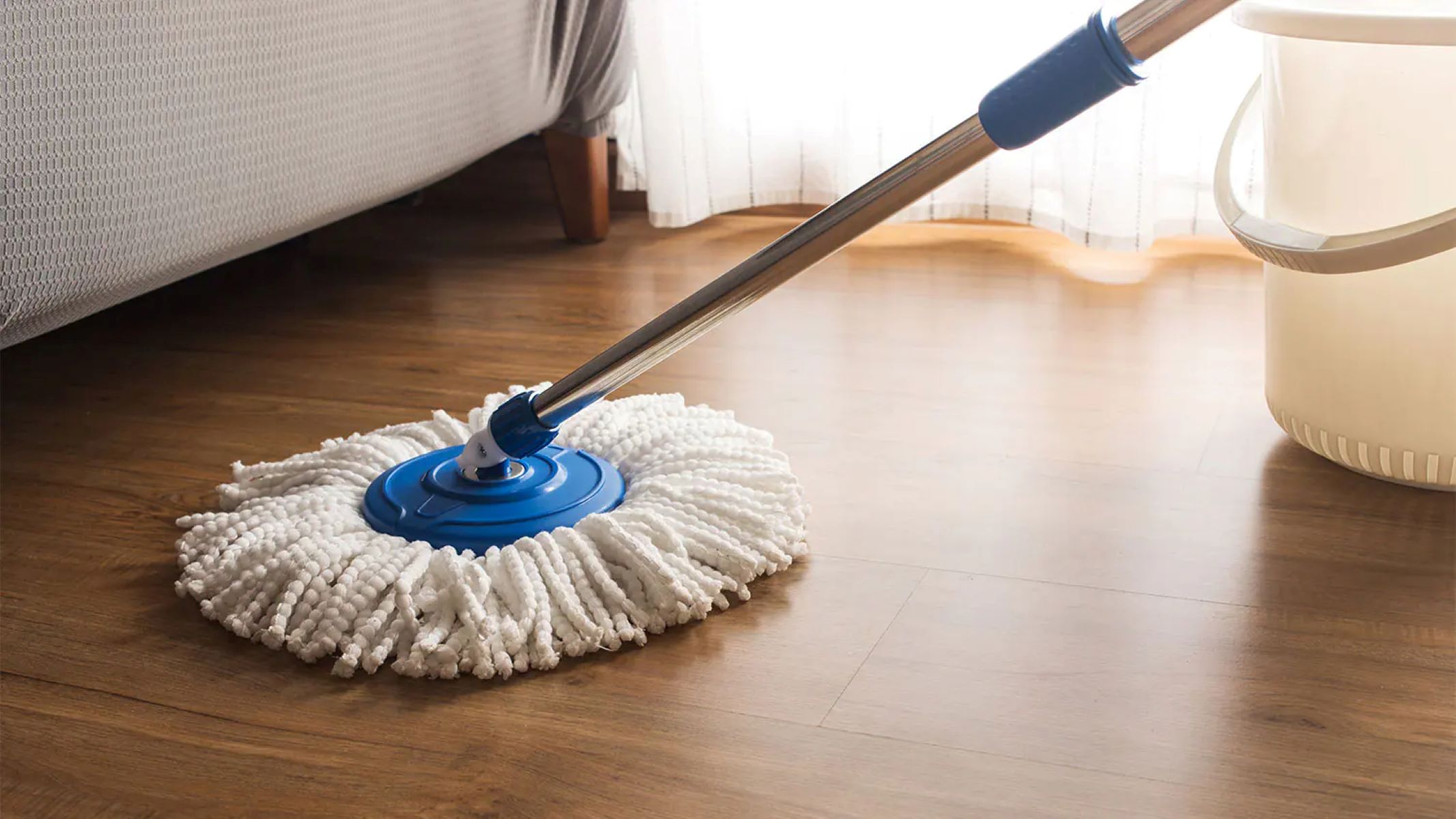
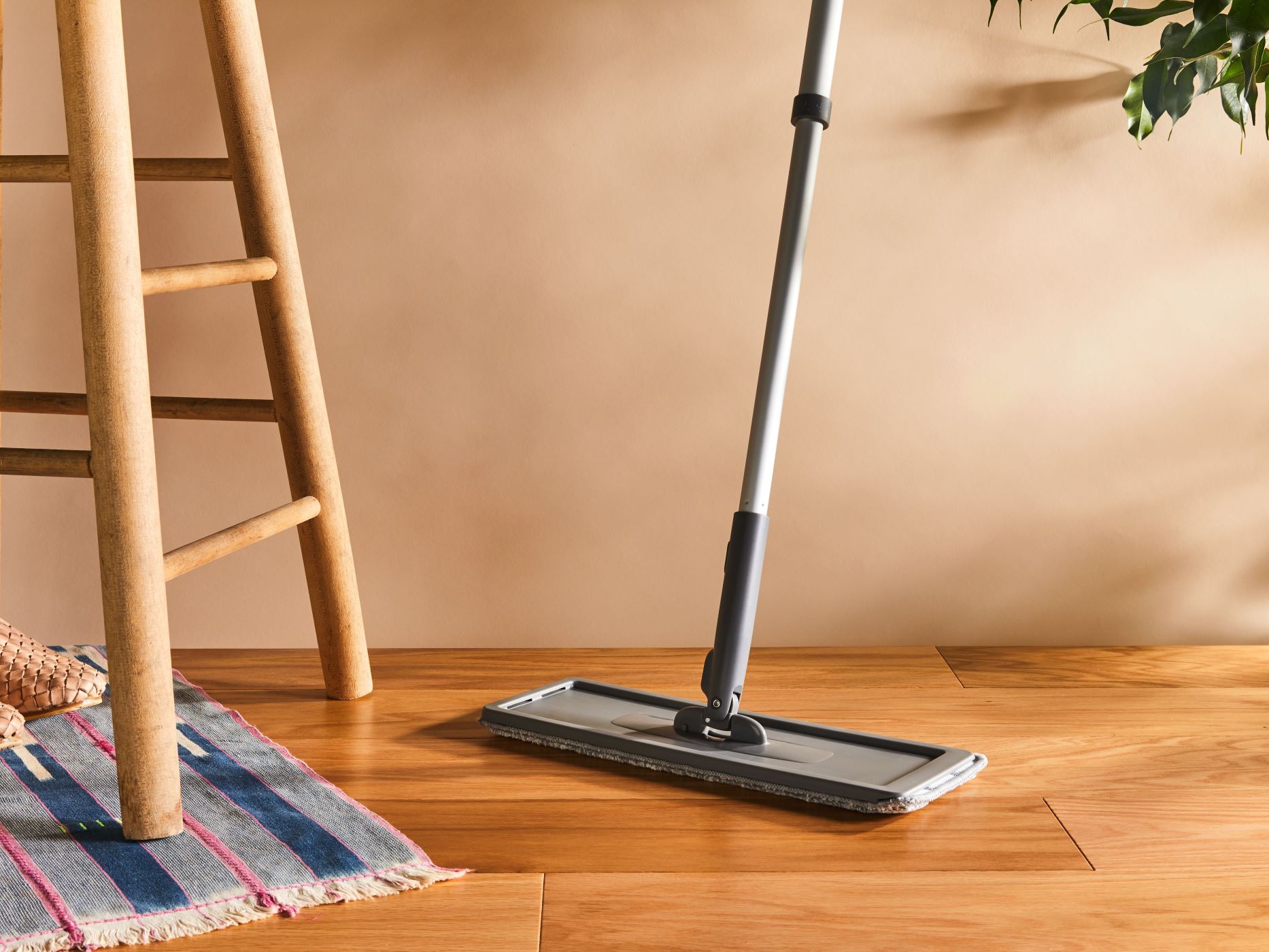
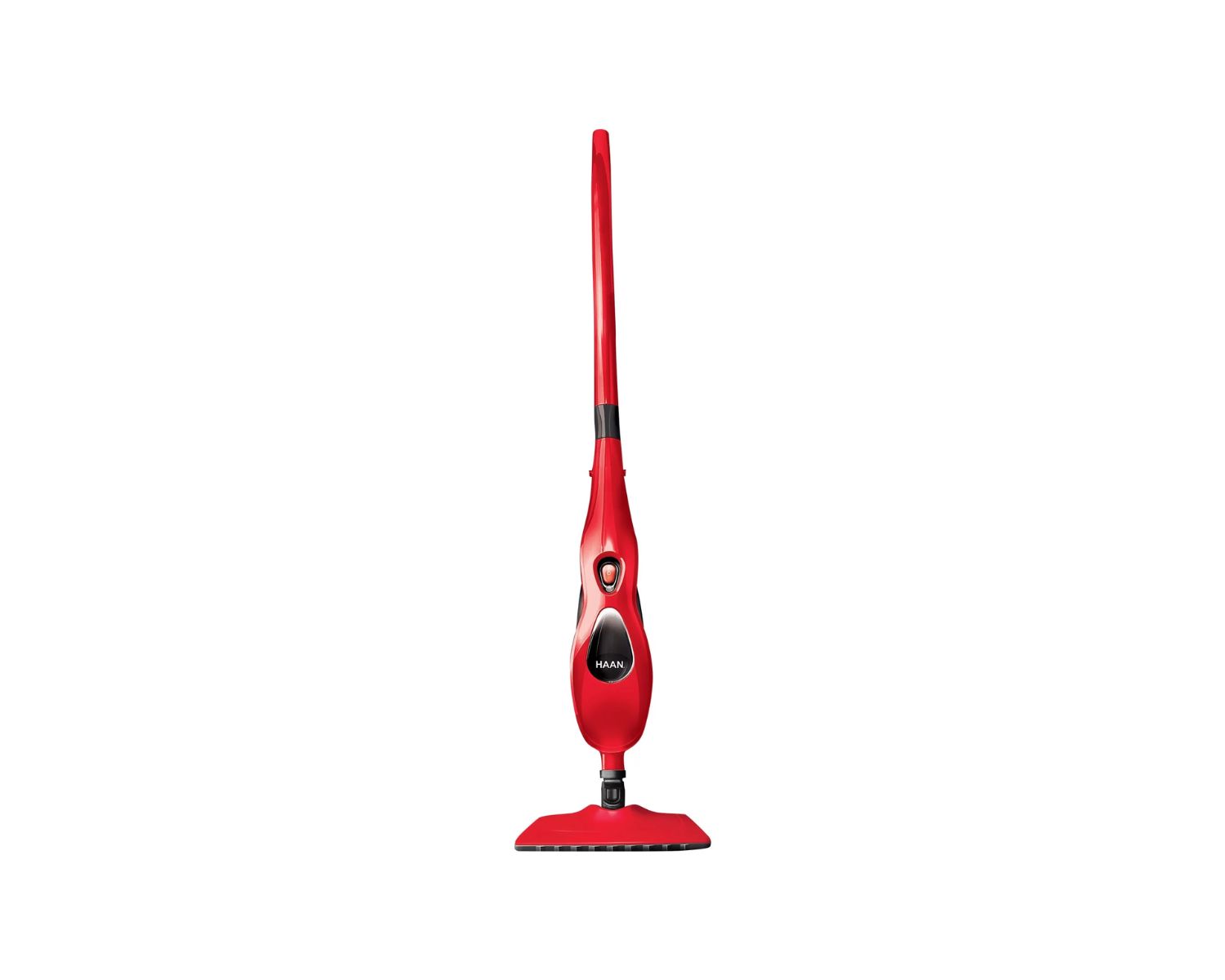
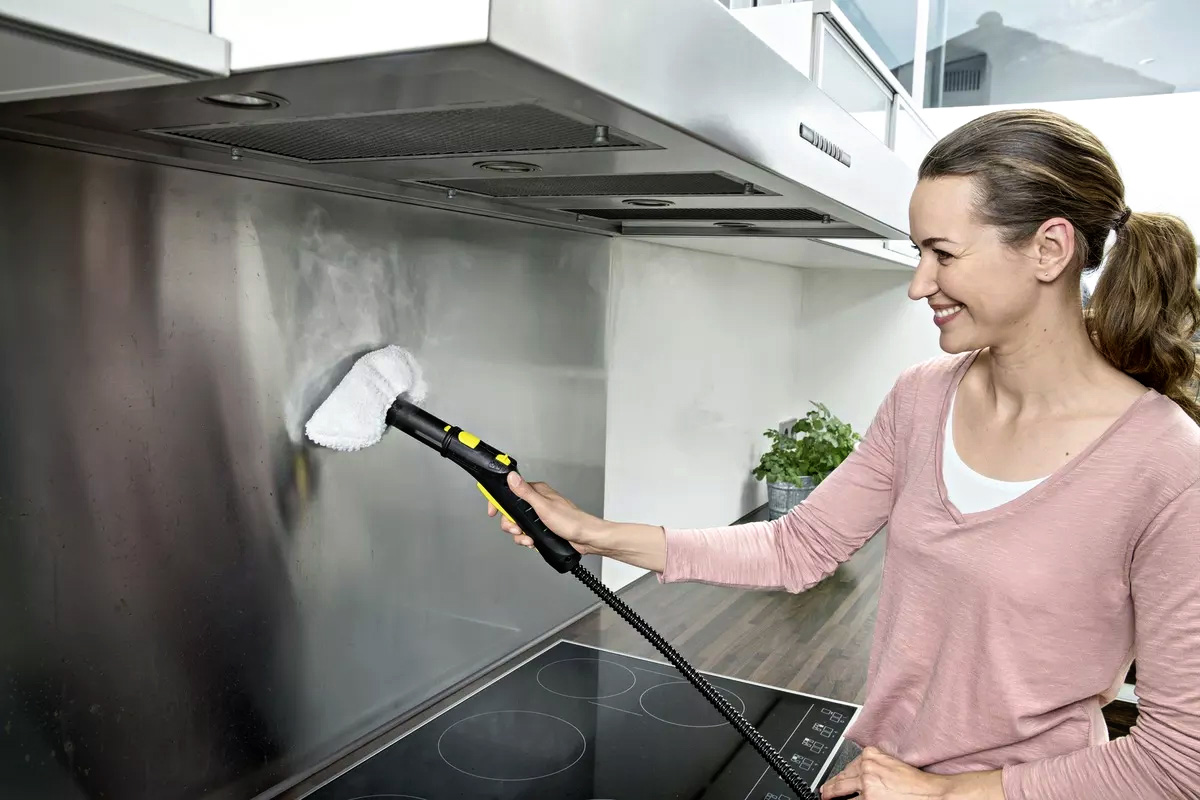
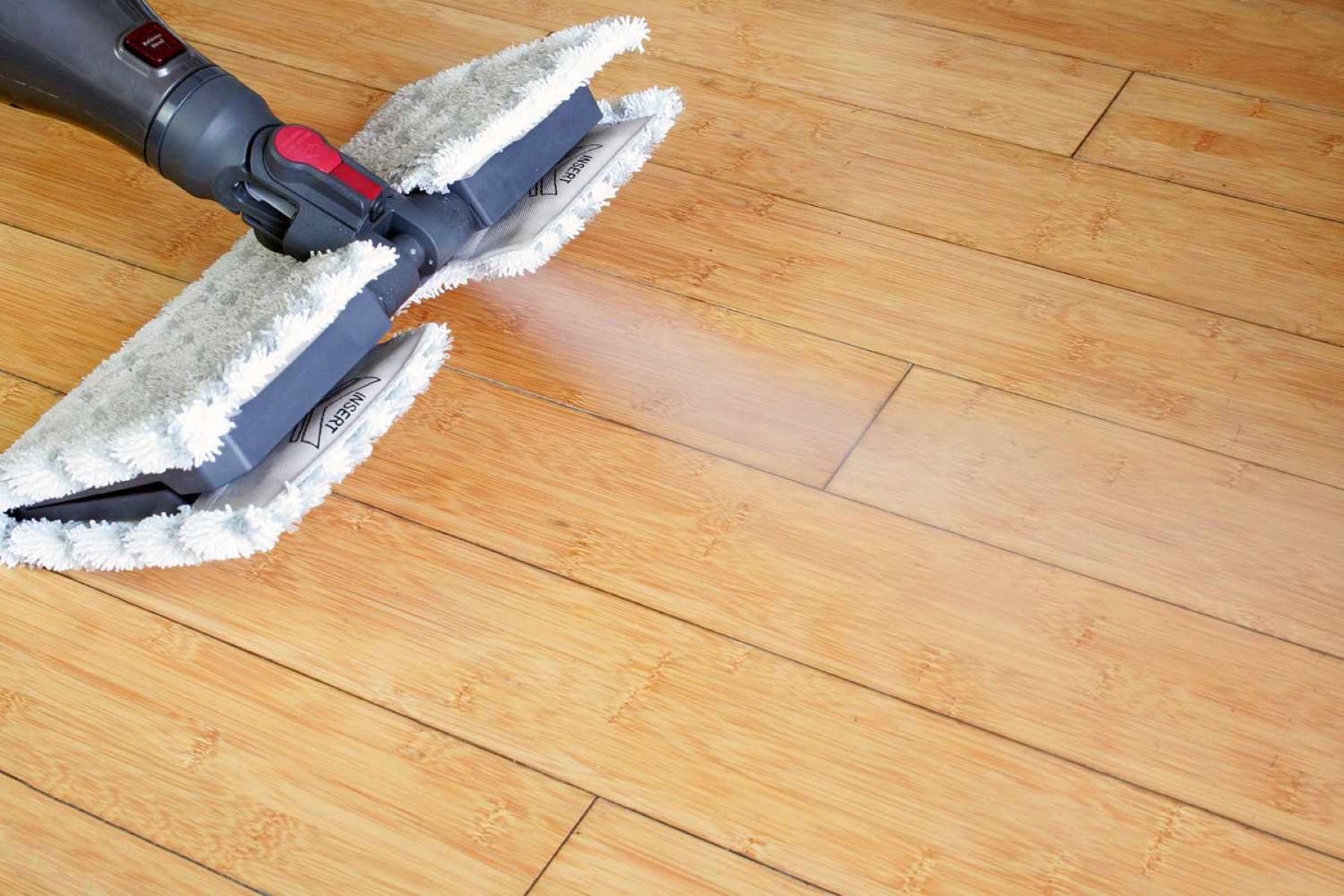
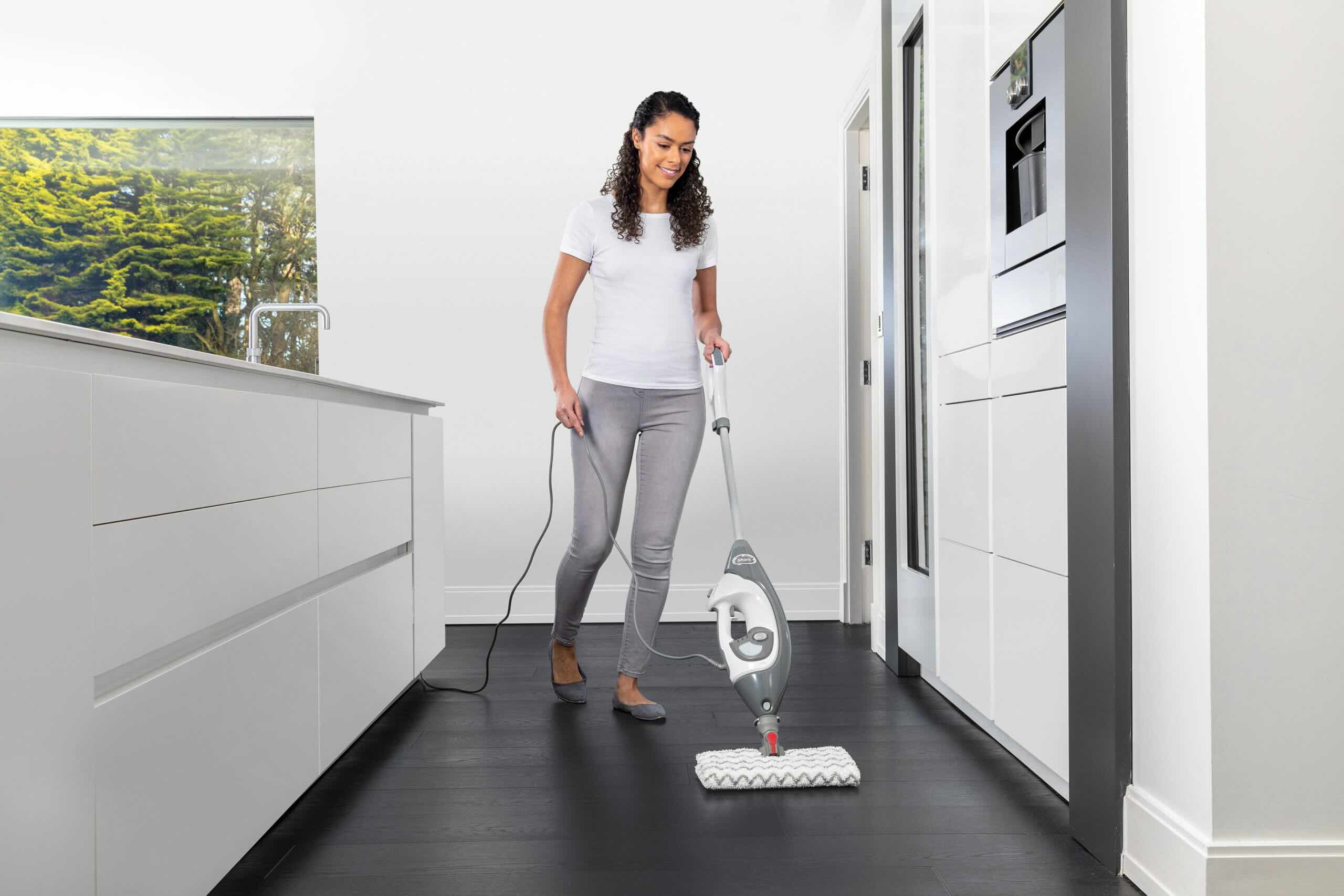

0 thoughts on “What Floors Can You Use A Steam Mop On”